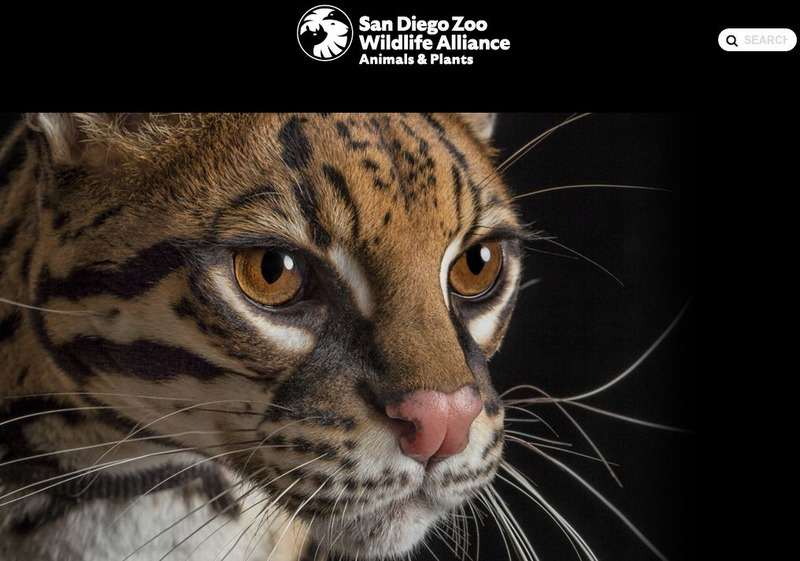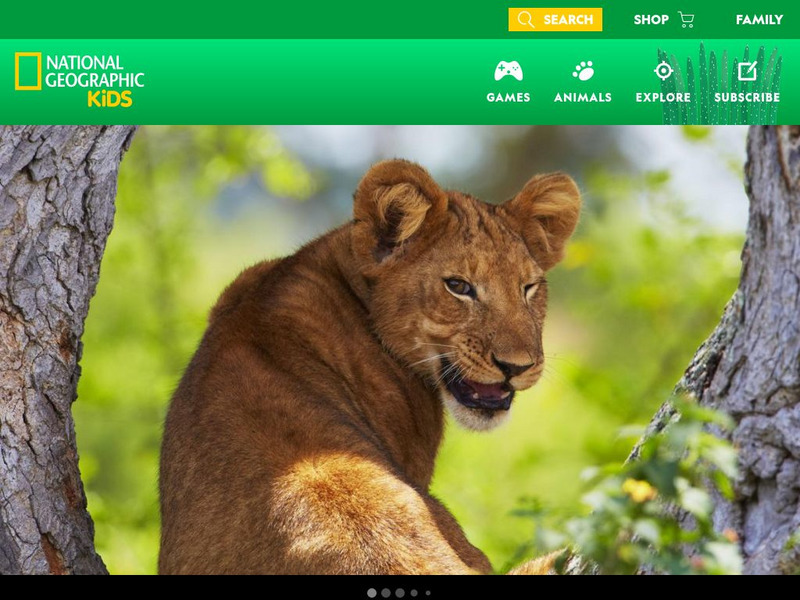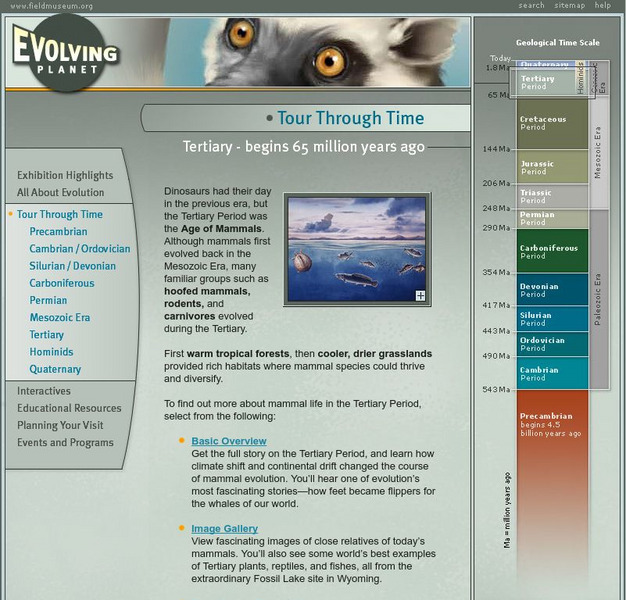Curated OER
Create a Food Chain
Students explore the food chain and the ways that animals depend on each other and on plants for food. They create a paper chain with different colors relating to carnivores and herbivores. The chains are linked to the sun to create a...
Curated OER
Wildlife Animal Skulls
Students observe skulls of wild animals and determine their characteristics for survival. They evaluate the skuylls to discover the diets, and if the animals were predators or prey. They complete worksheets on mystery skulls.
Curated OER
Food Chain Chant
Young scholars memorize a poem using various reading strategies to reinforce the concept of the food chain and the terminology associated with it.
Curated OER
Aquatic Food Webs
Students discuss producers, herbivores, omnivores, carnivores, and decomposers and analyze the difference between food chains and food webs. They participate in a food web yarn game, examining what can effect the breakdown of the web.
Curated OER
Dinosaurs-Eoraptor
Students explore the Eoraptor. In this dinosaurs lesson, students read facts about the habitat and eating habits of the Eoraptor and illustrate a picture of the dinosaur.
Curated OER
The Great American Alligator
In this alligator activity, students read a short essay describing the natural history of this reptile. Then students complete 3 fill in the blank and 3 short answer questions.
Curated OER
What Do Animals Eat?
In this animal diet worksheet, students will brainstorm what animals eat and write it down in a graphic organizer. Then students will brainstorm what people should eat and write it down.
Curated OER
World of Dinosaurs Game
In this science worksheet, students write each of the vocabulary terms that relate to earth science listed in the spaces of the bingo card provided. Then they use the clues at the bottom of the sheet to match to its correct science term...
Curated OER
Adopt-A-Dinosaur Fact Sheet
In this science worksheet, students complete the blank fact sheet by selecting a dinosaur of their choice. They name its family, size, location, time period found, foods ate, and some amazing facts about it.
Curated OER
Food Chain
In this science worksheet, students match the words given in the first column with the correct definition found in the second column. There are six vocabulary terms to define.
Curated OER
Skates
Students gain understanding of structure, characteristics, and basic needs of living things and their role in world, identify parts of skate, observe details of skate's body and skate egg case, and identify unique characteristics of skates.
Curated OER
What Does It Eat?
Students, working in research teams, investigate the eating habits of crickets. They collect and record data and compare their methods and results with other groups by making tables or graphs. They sumarize their findings with posters or...
Curated OER
What Animals Eat
First graders organize animals according to what they eat. They compare the teeth of plant eaters and meat eaters.
Scholastic
Scholastic Explorers: Endangered Ecosystems
A great site with something for all grades. Do research on rainforests, follow field research on animals in Latin America, and show what you know through interactive assessments. Lots to see on this site which is a collaboration of...
University of California
Ucmp: Introduction to the Carnivora
Nice informational site about the order Carnivora. The opening page lists members of the order and briefly describes relationships between humans and carnivores. It links to pages on evolution of carnivores, the ecological roles of...
BioEd Online
Bio Ed Online: Food Webs
Young scholars construct possible food webs for six different ecosystems as they learn about the roles of producers, consumers, herbivores, carnivores and decomposers.
PBS
Idaho Public Television: Birds of Prey Facts
Dialogue for Kids, a program on Idaho Public Television, offers facts, information, and images of birds of prey. Learn what makes a bird a raptor, what raptors look like in the sky, threats that face these birds, and more! Classroom...
San Diego Zoo Global
San Diego Zoo: Leopard
This resource presents detailed information about the leopard, including several photos.
San Diego Zoo Global
San Diego Zoo: Ocelot
An in-depth description of ocelots, including their classification, appearance, habitat, adaptations, reproduction, diet, and other interesting facts. Also includes pictures and sound bytes.
Smithsonian Institution
Smithsonian Environmental Research Center: Forces of Change: Weaving the Web
The students will become the food web in this fun interactive classroom activity. Detailed instructions, background information, guiding questions, and activity worksheets are provided.
National Geographic Kids
National Geographic Kids: Animals: Lions
Students doing research about lions will find this site very helpful. Video and audio clips, photographs, a map, and fun facts will enhance research projects.
The Field Museum
Field Museum: Exhibits: Evolving Planet: Tertiary
Delve into the Tertiary Period portion of the Evolving Planet exhibit, and trace the climate and continental shift during this time. Includes an overview of the period, a collection of images, and a look at the Tertiary Period's...
San Diego Zoo Global
San Diego Zoo: Raccoon
This comprehensive resource from the San Diego Zoo presents extensive information on raccoons including details about their habitat, physical characteristics, size, diet, family life, conservation status, and fun facts.
San Diego Zoo Global
San Diego Zoo: Snow Leopard
This comprehensive resource from the San Diego Zoo presents extensive information on snow leopards including details about their habitat, physical characteristics, size, diet, family life, conservation status, and fun facts. Audio clip...




















